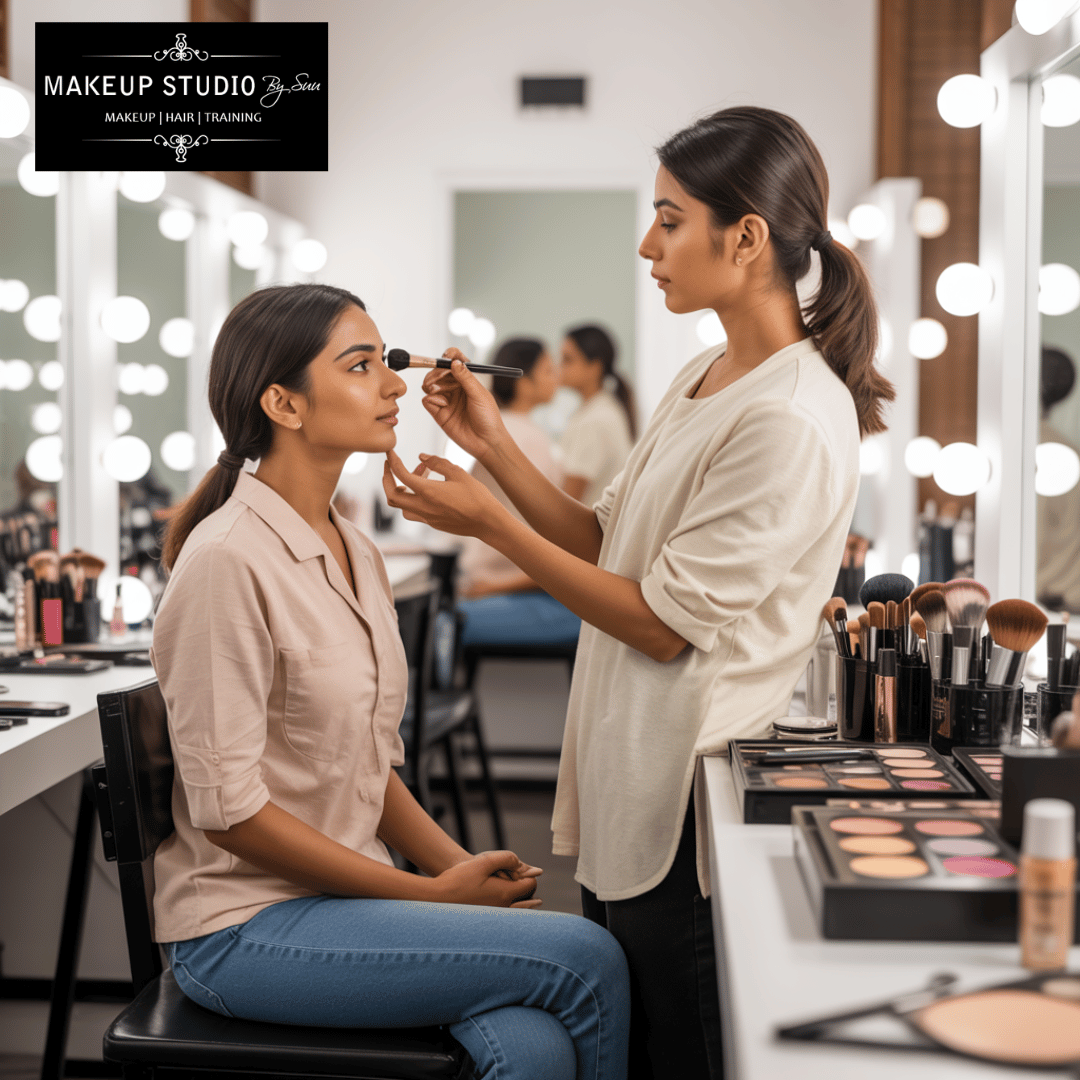
How to pick one of the Best makeup artist certifications in Bangalore (so you don’t waste time or money)
If you want a straight answer: the best certificate is the one that gets you paid work within six months. That’s blunt, but true. The rest is execution. This guide breaks down what “best” actually means, how to evaluate programs, why Makeup Studio by Suu should be on your shortlist, and how to convert a certificate into clients, not just a pretty piece of paper.
Below you’ll find a practical scouting checklist, a realistic timetable for learning and earning, exact questions to ask any school, real student outcomes, and a short roadmap for turning certification into a paying career. Use this as your decision cheat sheet for the Best makeup artist certifications in Bangalore.
Why the phrase “Best makeup artist certifications in Bangalore” even matters
Searchers want proof, not promises. When people type Best makeup artist certifications in Bangalore into Google, they’re looking for three things:
If a program checks all three boxes it belongs in the “best” list. If it’s missing one, treat that as a red flag.
A scout’s checklist: what the best makeup artist certifications in Bangalore include
Before you sign anything, run this checklist. Each item below is a non-negotiable for any certificate claiming to be one of the Best makeup artist certifications in Bangalore.
If a program says it’s one of the Best makeup artist certifications in Bangalore but can’t answer these confidently, move on.
Short answer: practical focus, mentor attention, and industry links. Here’s why a candidate studio might be among the Best makeup artist certifications in Bangalore — and why Makeup Studio by Suu often checks those boxes.
Those are the ingredients of the Best makeup artist certifications in Bangalore when your goal is real-world readiness.
How to evaluate the syllabus without getting dazzled by marketing
Schools will use pretty photos. Your job is to read the syllabus like a hiring manager.
Keep your eyes on measurable outcomes. “You will be able to do X by week Y” beats a pretty promise.
If you’re starting as a beginner and doing one of the Best makeup artist certifications in Bangalore, here’s a practical timeline:
If your course promises instant full-time income in two weeks, that’s misleading. The Best makeup artist certifications in Bangalore set realistic expectations: certification + hustle = work.
Don’t be surprised: the headline fee is part of the cost-of-entry. Factor in these extras:
A program may seem expensive but if it includes kit + shoots + placement help, it can be better value than a cheaper demo-only course. Remember: don’t shop only by price.
Copy-paste these to the admission counselor. Answers should be specific, not vague.
If any answer includes “you’ll learn everything” without specifics, push harder — specifics show the program understands outcomes.
Pros (why certification matters):
Cons (what no course can solve for you):
If you want the credential and also want to be employable, plan your post-course hustle before your last class ends.
Two short case studies — how certification converted into work
Case study: Meera — from beginner to paid bridal artist in five months
Meera enrolled with zero experience. She chose a certification that included two portfolio shoots and a month-long internship with a bridal team. After certification she assisted on 8 weddings as a paid assistant, then took solo bridal bookings. Meera credits structured critique during class and the internship leads for her early bookings.
Case study: Arjun — weekday student to part-time commercial assistant
Arjun took a weekend certification while working. The studio’s weekend batches included evening portfolio shoots and a small business module. He used the portfolio to pitch for paid assistant roles and worked on fashion shoots over weekends, adding a steady side income within three months.
Both stories are simple not miraculous: the certificate opened doors; intentional follow-through closed them.
Q: Do I need prior experience to join top certifications?
A: No. The best programs are built for beginners and progress to advanced topics.
Q: How long are the best certifications?
A: From four weeks for intensive bootcamps to 12 weeks for comprehensive tracks. Depth matters more than speed.
Q: Will I get paid work immediately after certification?
A: Some students get paid assisting within weeks if the program has strong industry links. Most need 1–3 months of active networking and assisting.
Q: Is a physical certificate actually useful?
A: The certificate helps, but your portfolio and referrals carry more weight in hiring.
Q: Are online certifications as good as in-person?
A: For technique, in-person wins. A hybrid model with significant live practice can be effective.
Q: Do these certifications teach business skills?
A: The best ones include pricing, branding, portfolio presentation, and client management. If a program ignores the business side, it’s incomplete.
Three short action steps to choose wisely (do this this week)
Make a promise to yourself: show up to every live model session — that’s where competence builds.